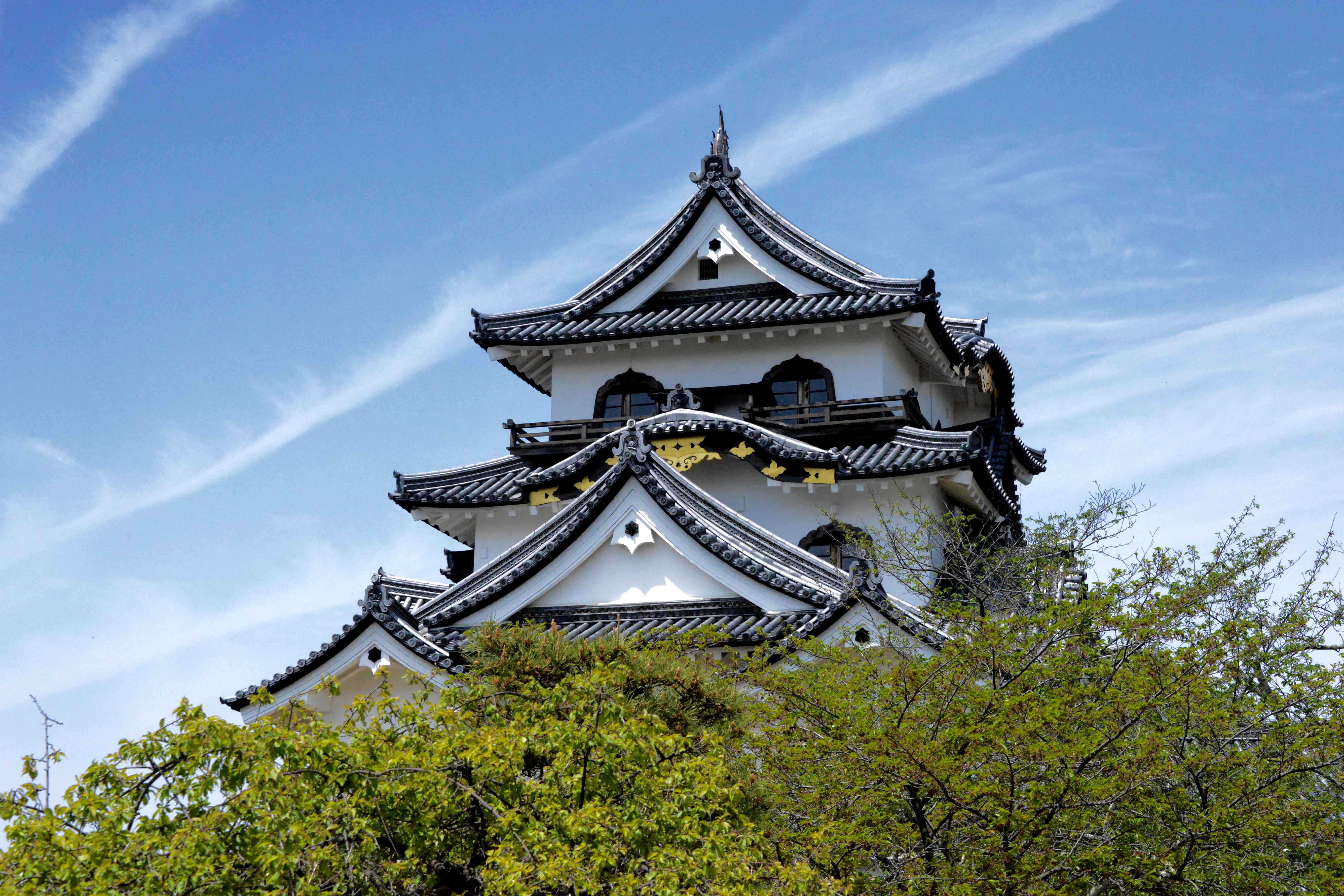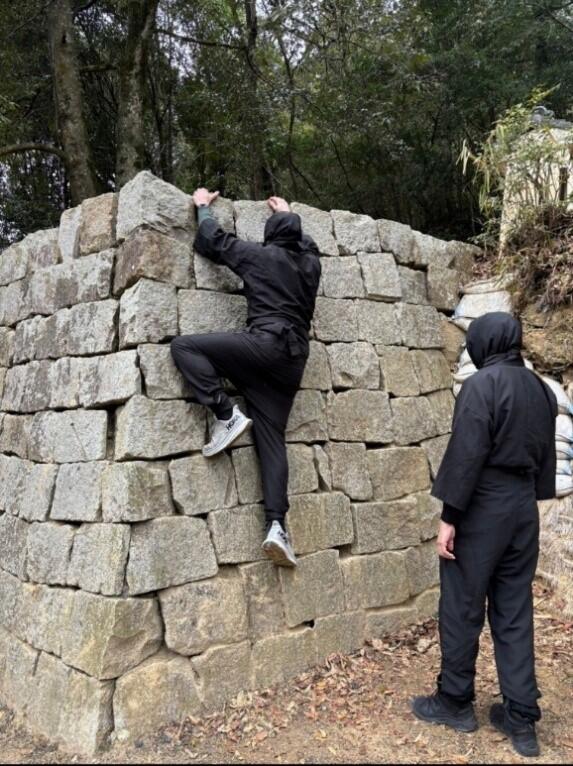
Nestled in the Southwest region of Shiga Prefecture is a city called Koka. Known as one of the birthplaces of the ninja, referred to as "shinobi no sato," Koka has a rich history and is a must-visit for anyone interested in the history of the shinobi. One of the main attractions there is the Koka Ninja Village, where visitors have the opportunity to experience what it was like to be a real ninja.
I started my trip here by donning a ninja costume, then prepared myself to undergo the Ninja Challenge. The female ninja, or "kunoichi," who guided my coworker and me through the obstacles told us many interesting facts about ninja along the way. I could tell that she knew a lot about the Way of the Ninja.
The first obstacle included climbing over a wall. My large running shoes were not ideal for finding grooves between the stones, but I managed to clamber my way to the top.
Then we were tasked with climbing atop a roof and stealthily making our way over the clay tiles. The rain challenged my balance, but I don't think anyone noticed me.

Then we had to shimmy across a wall over a narrow ledge. Unfortunately, once again my large feet did me no favors, but I managed not to fall off. The next obstacle was much easier. Making use of handholds and footholds, we had to traverse a roughly 20-meter-long bamboo wall. My rock wall climbing experience paid off here, and I made it over with relative ease.
Unfortunately, due to the rain and slippery surface, neither of us could overcome the following log cross, but I'm confident under dryer circumstances that we would have prevailed. I did get to redeem myself somewhat on the following zipline. Much like Bruce Lee in The Big Boss, I had to mimic a flying kick so I would not collide with the wall at the opposite side.

Next it was time to test our hand-eye coordination with the shuriken throw. Despite my excitement to test my aiming skills, I think I should stick to hand-to-hand combat. The final and most challenging test was the water crossing. While balancing ourselves on devices called "water spiders," we had to pull ourselves across a body of water without falling in. Despite making it to the other side safely, my large size ensured that my lower legs and feet would not make it out unscathed.
 The training was fairly challenging, so be sure to stretch beforehand and wear comfortable clothes as well. If you are going to do the water crossing, you should bring another pair of socks (or an extra set of clothes if you fall in the pool!). Even though my aim was terrible, my favorite activity was shuriken throwing. I've participated in obstacle courses in the US before, but this was a new experience for me.
The training was fairly challenging, so be sure to stretch beforehand and wear comfortable clothes as well. If you are going to do the water crossing, you should bring another pair of socks (or an extra set of clothes if you fall in the pool!). Even though my aim was terrible, my favorite activity was shuriken throwing. I've participated in obstacle courses in the US before, but this was a new experience for me.
I enjoyed this experience so much that I can't wait to go back again. This is something that you can enjoy with your family, friends, or even by yourself! I will definitely bring my friends and parents here when they visit!

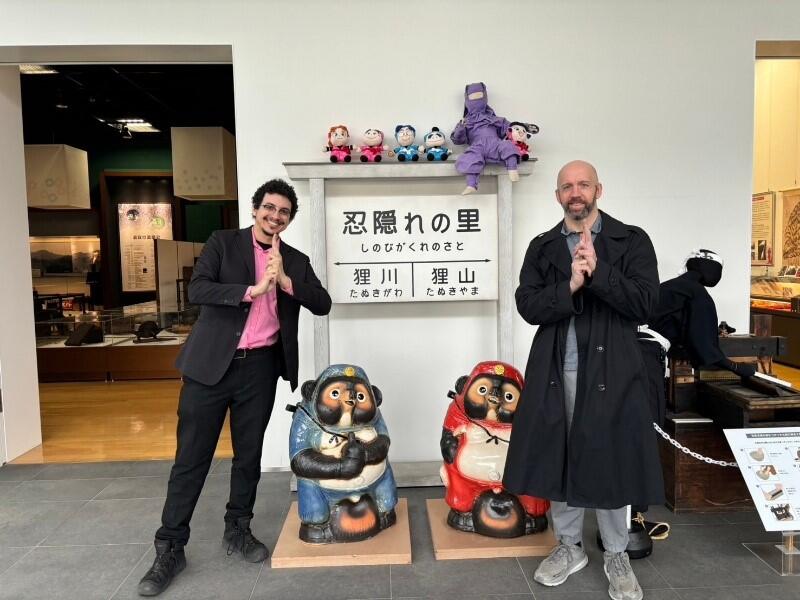
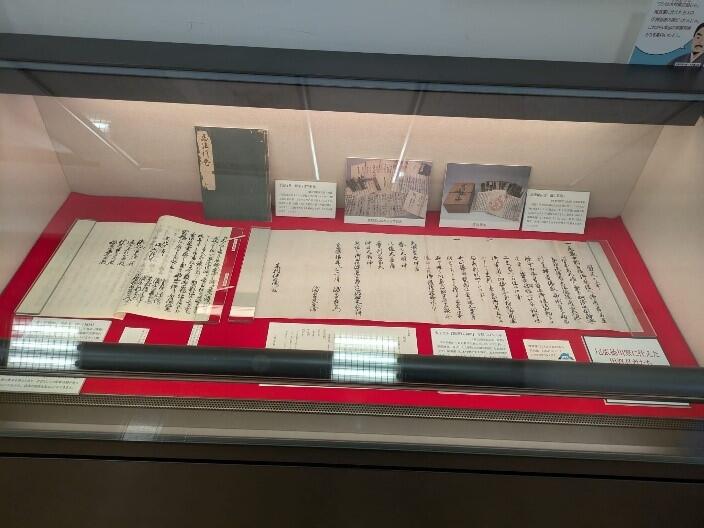
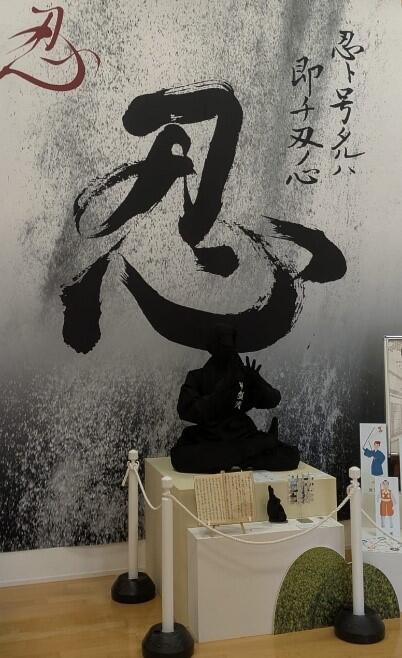
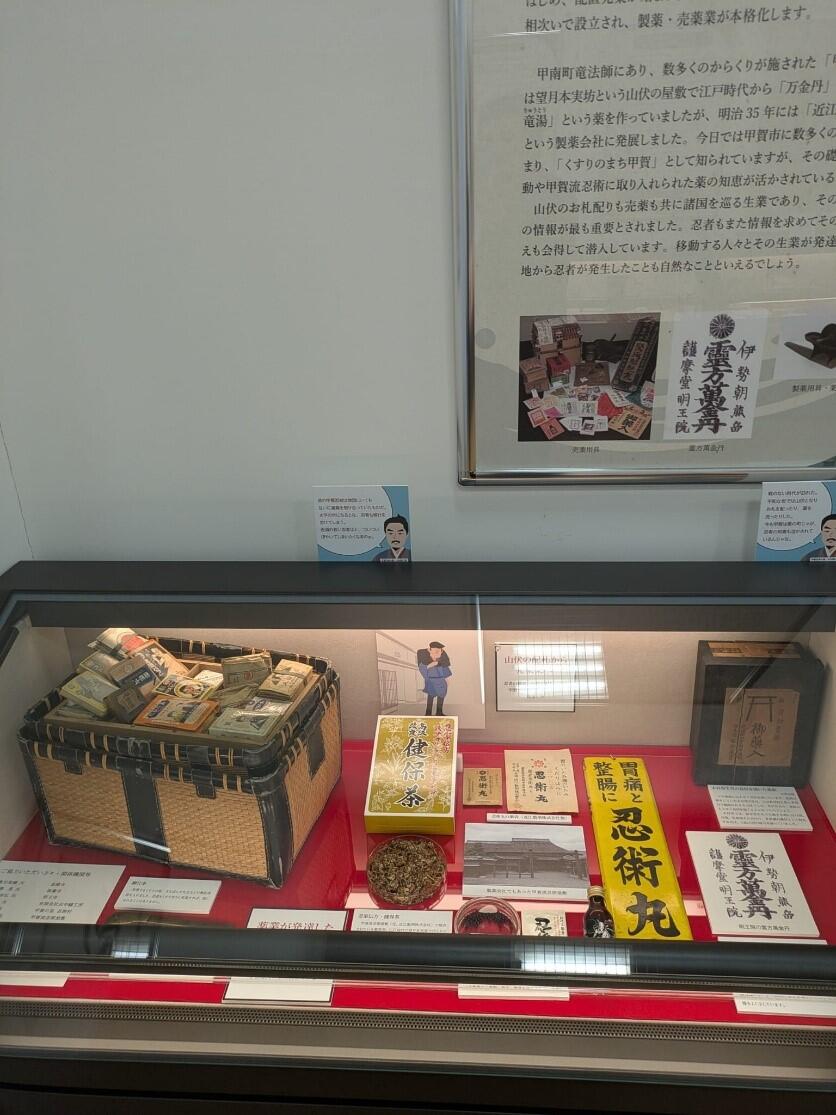
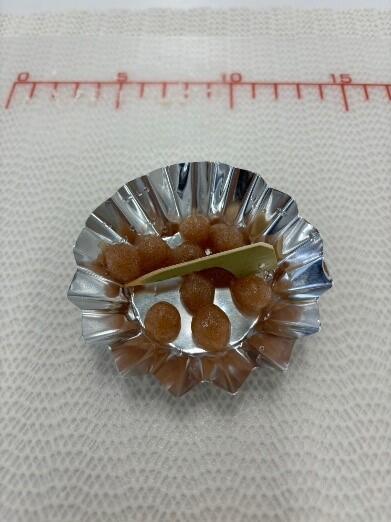
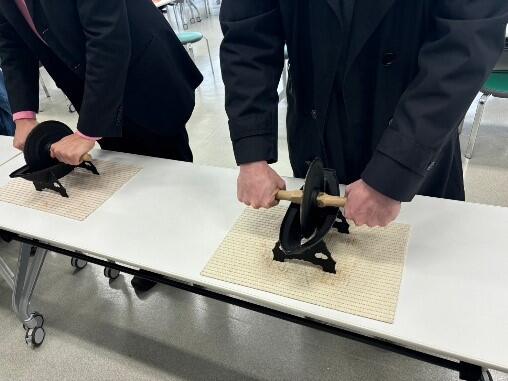

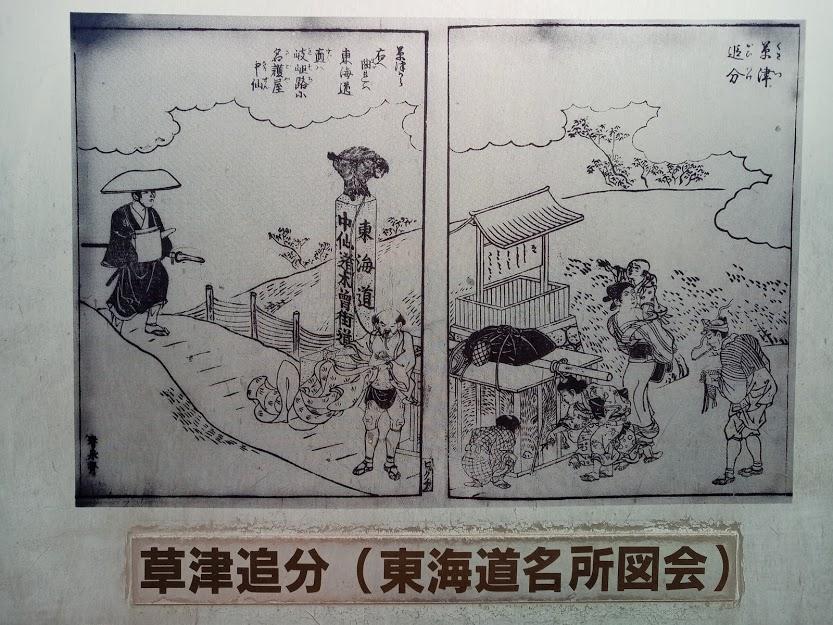
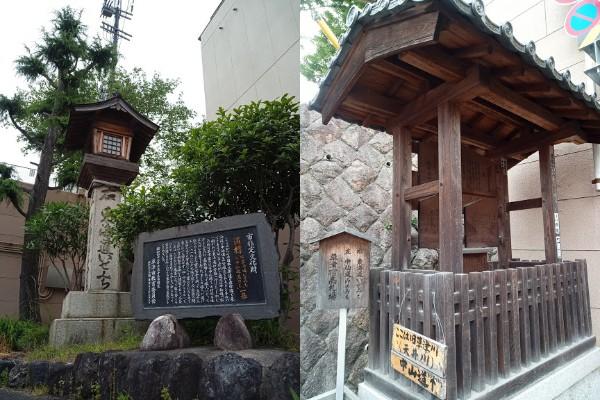
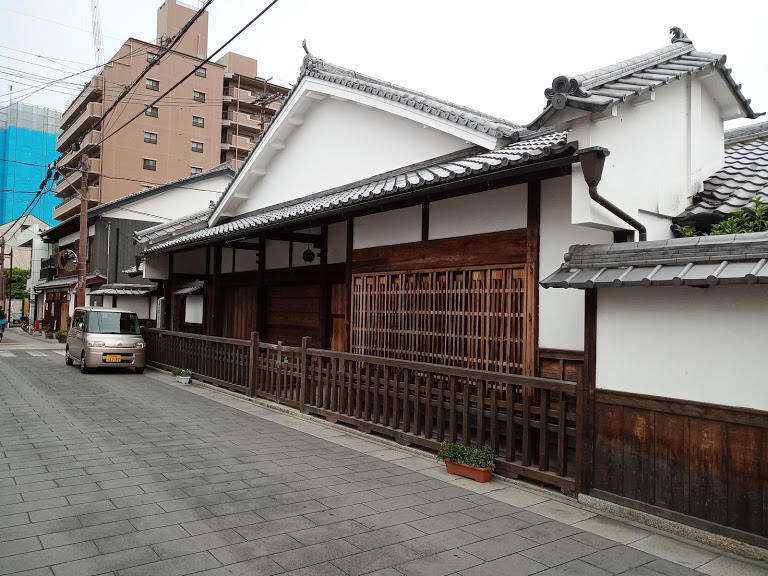
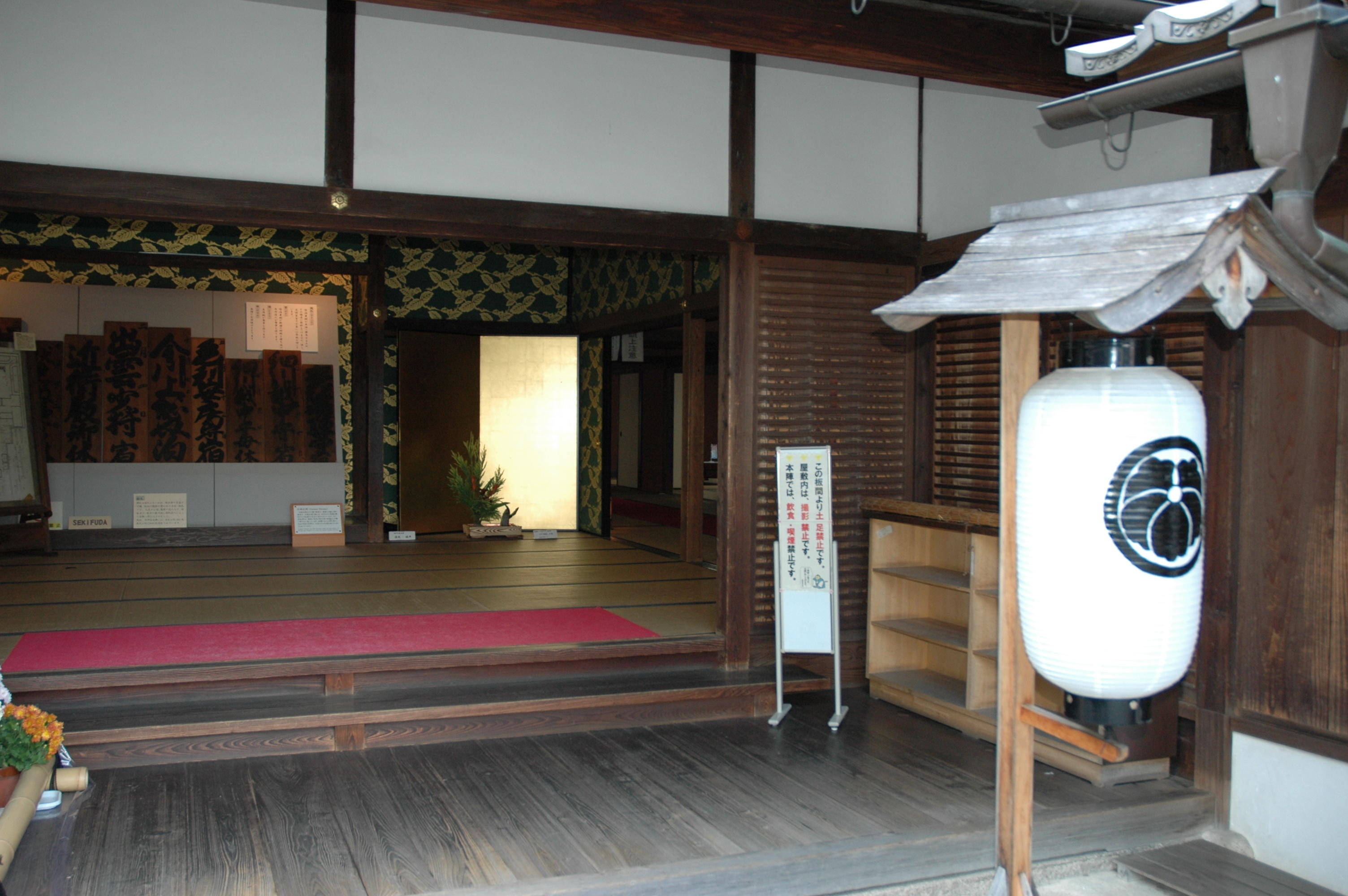
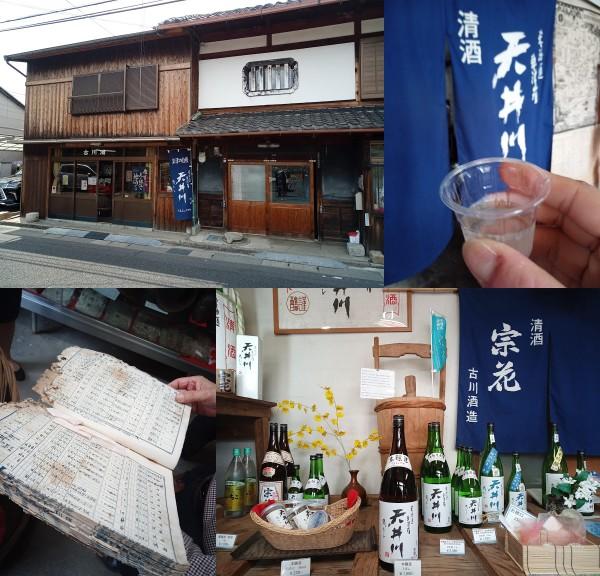 Just second minutes walk from Furukawa Sake Brewery, you can see the sign board picture by Hiroshige Utagawa.
Just second minutes walk from Furukawa Sake Brewery, you can see the sign board picture by Hiroshige Utagawa.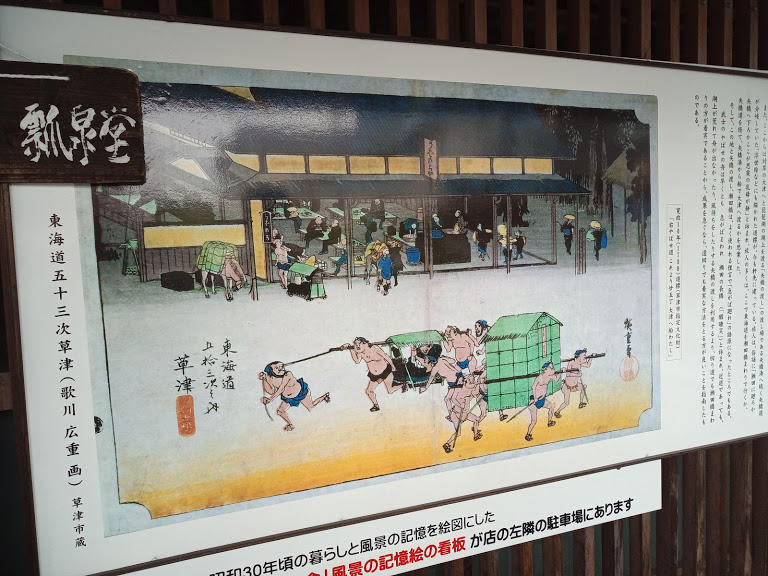 Thsi building was a Japanese sweets shop and now Hyosendo's office, Hyosendo is selling Hyotan (Gourd) and it used to water bottle when people walking Nakasendo / Tokaido.
Thsi building was a Japanese sweets shop and now Hyosendo's office, Hyosendo is selling Hyotan (Gourd) and it used to water bottle when people walking Nakasendo / Tokaido. In Spring time, there is a festival called Kusatsu Shukuba Matsuri.
In Spring time, there is a festival called Kusatsu Shukuba Matsuri. 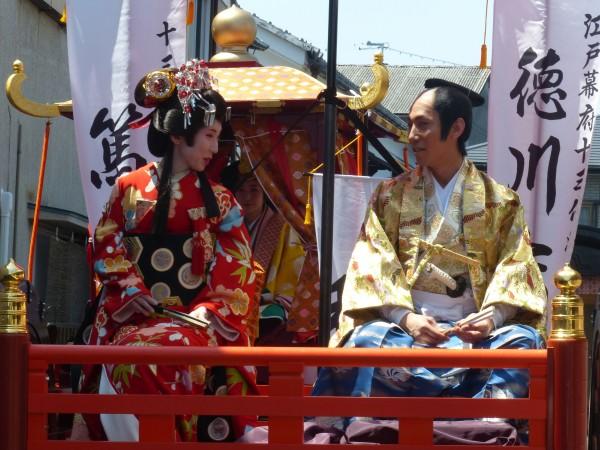
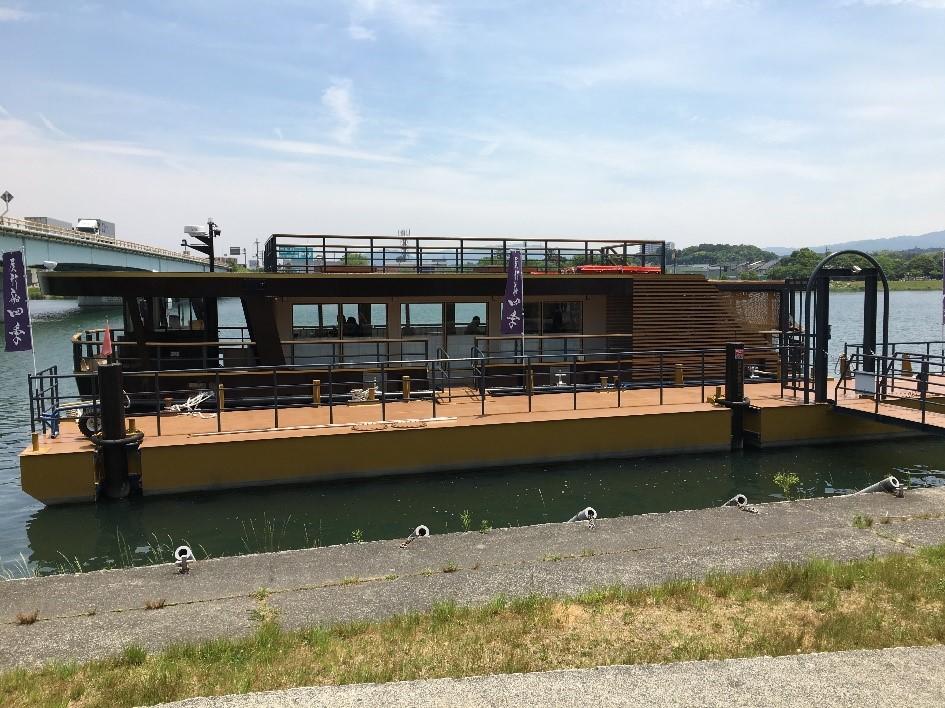

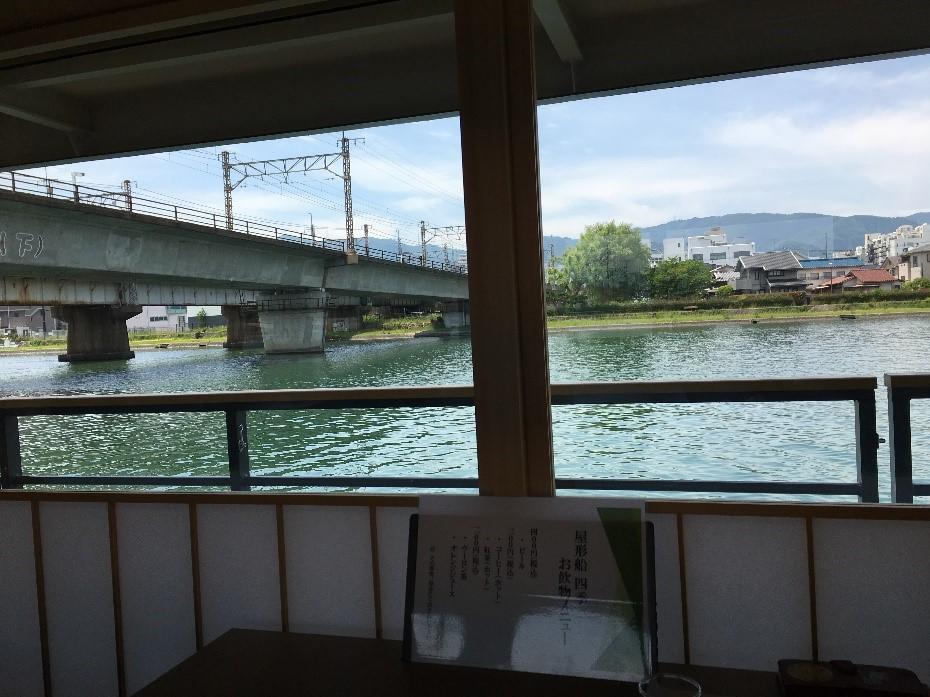
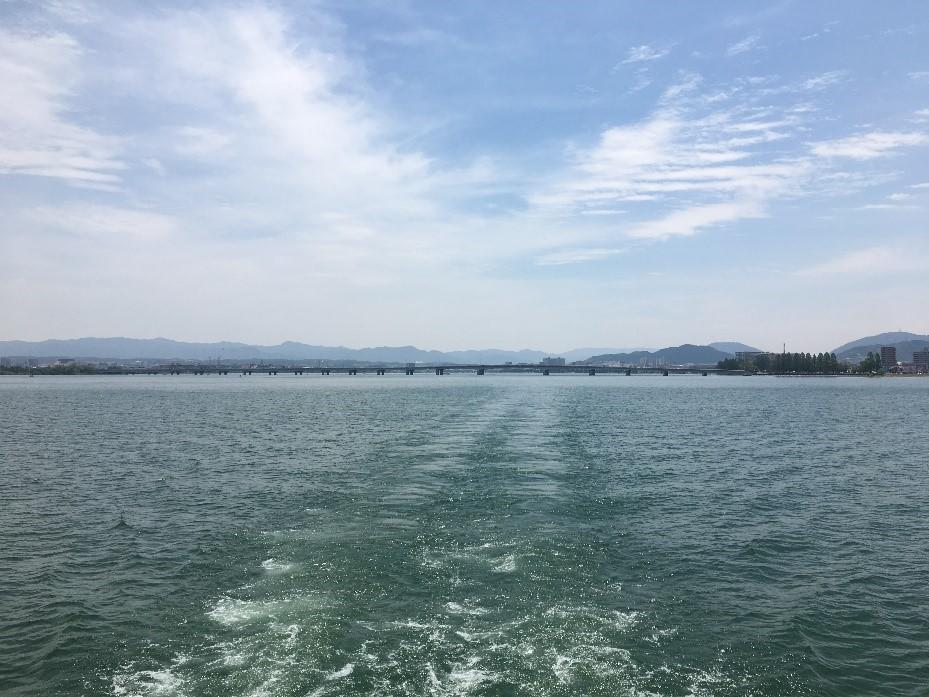
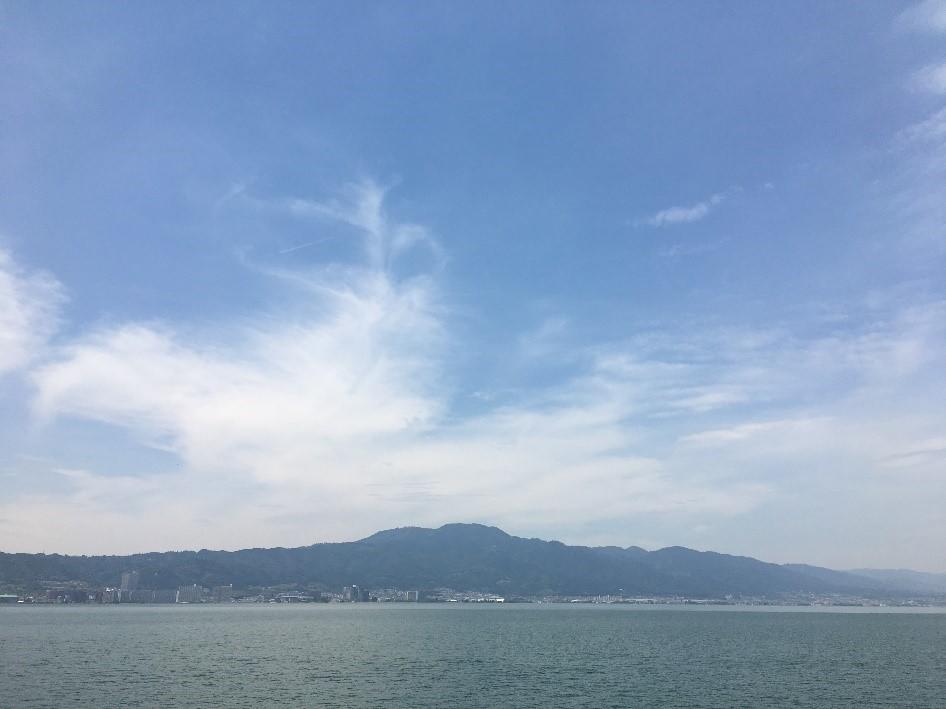
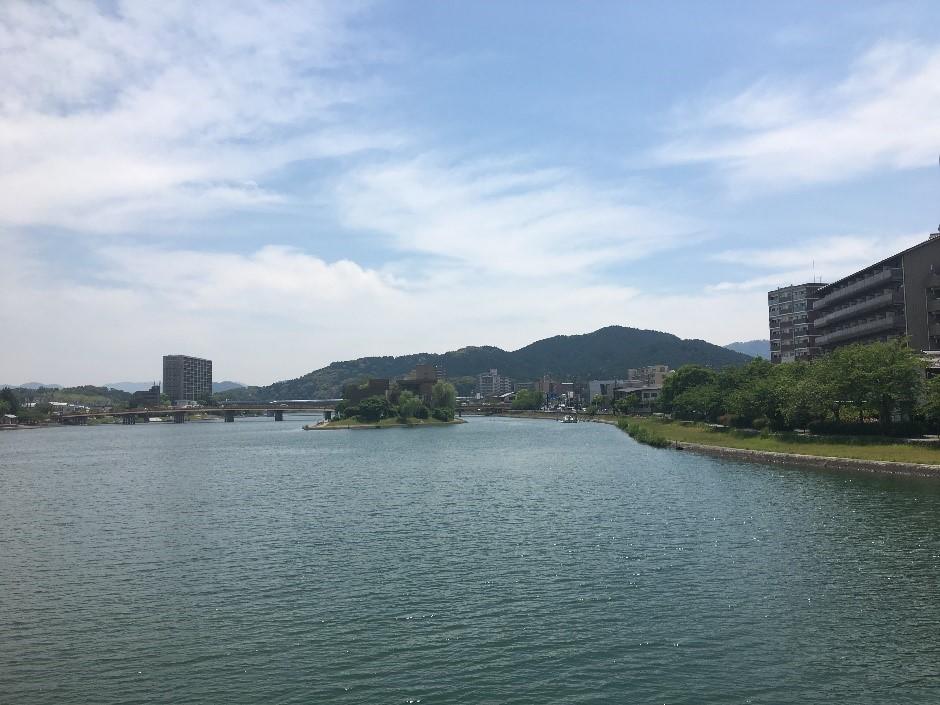
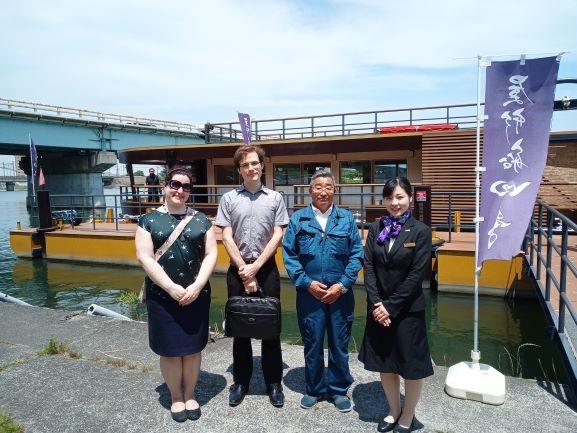
 When given the opportunity to take a trip to Nagahama for a day while studying abroad in Hikone, I knew immediately I had to go. Now, remembering the trip, I will make sure I visit Nagahama again in the future, as there are so much more things to see and do in the area than can fit in one day.
When given the opportunity to take a trip to Nagahama for a day while studying abroad in Hikone, I knew immediately I had to go. Now, remembering the trip, I will make sure I visit Nagahama again in the future, as there are so much more things to see and do in the area than can fit in one day.
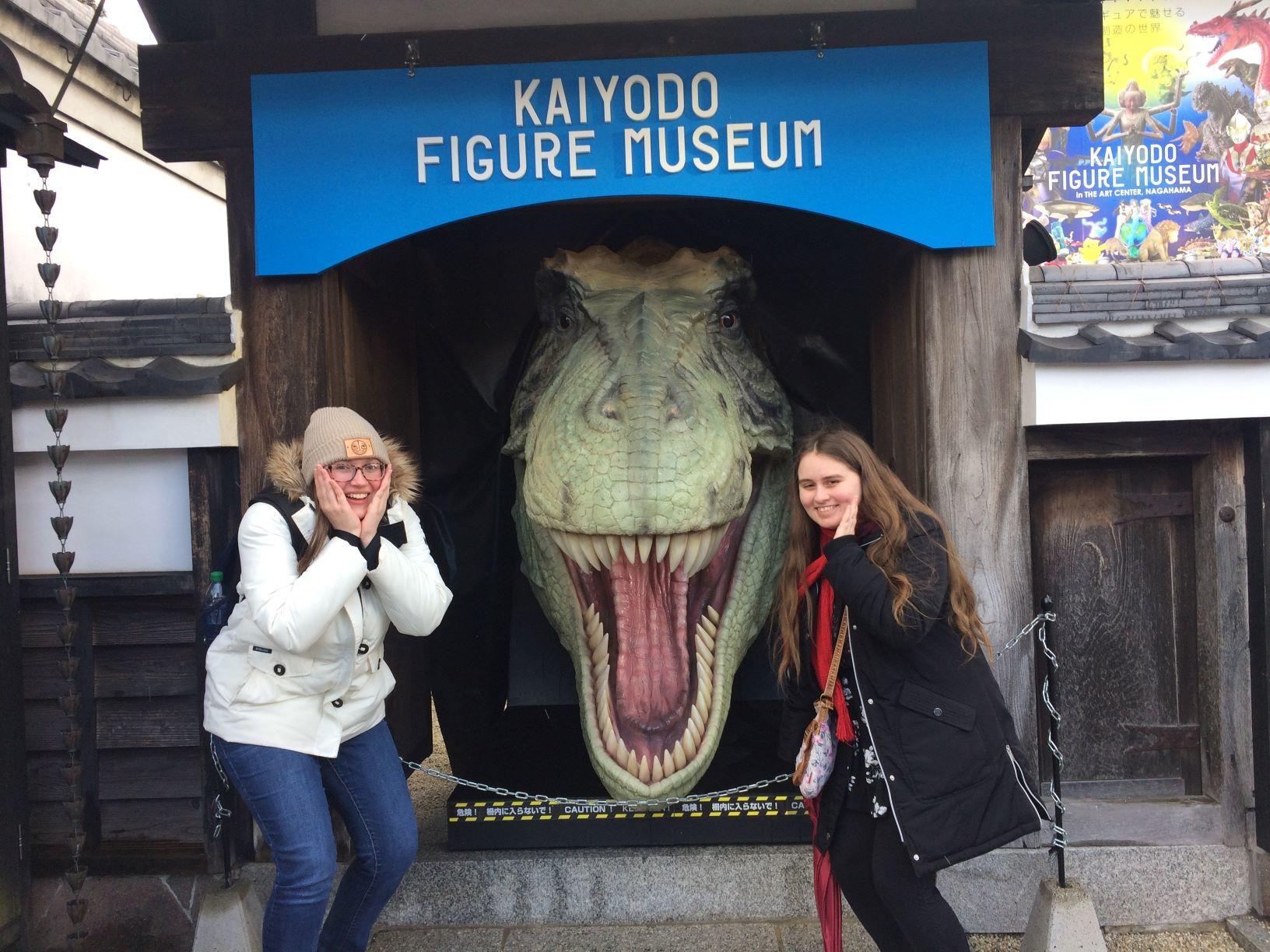

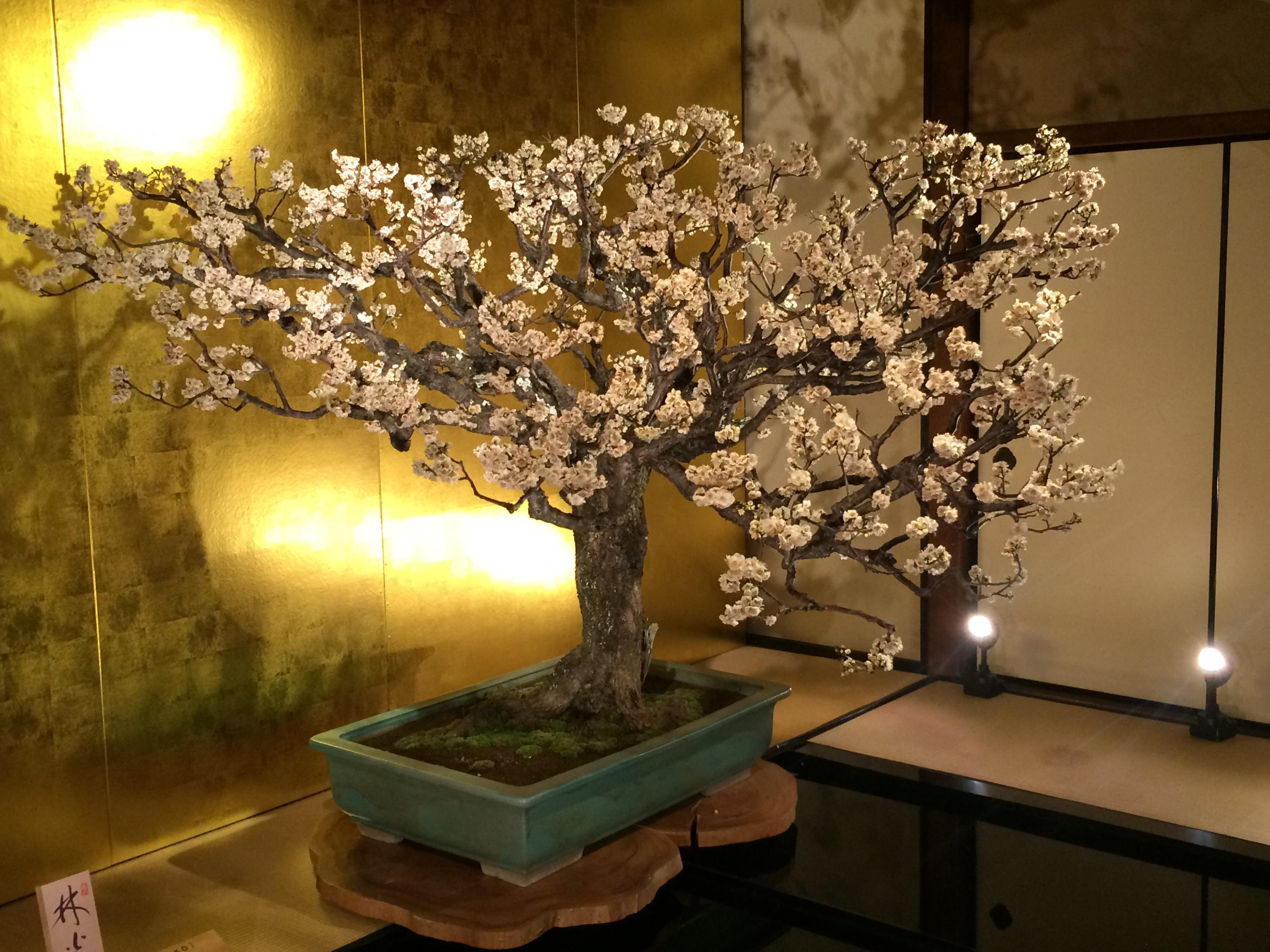
 Upon arriving in Nagahama after a scenic drive along the lake, we went to a restaurant called Yokarou that serves local Nagahama food. The inside was set up like a traditional Japanese building, so we took our shoes off and walked around in our socks. Our table was upstairs in a room lined with screens of Japanese art. We were served mackerel on top of somen noodles, a local specialty, along with some sides and green tea. It tasted really good.
Upon arriving in Nagahama after a scenic drive along the lake, we went to a restaurant called Yokarou that serves local Nagahama food. The inside was set up like a traditional Japanese building, so we took our shoes off and walked around in our socks. Our table was upstairs in a room lined with screens of Japanese art. We were served mackerel on top of somen noodles, a local specialty, along with some sides and green tea. It tasted really good.

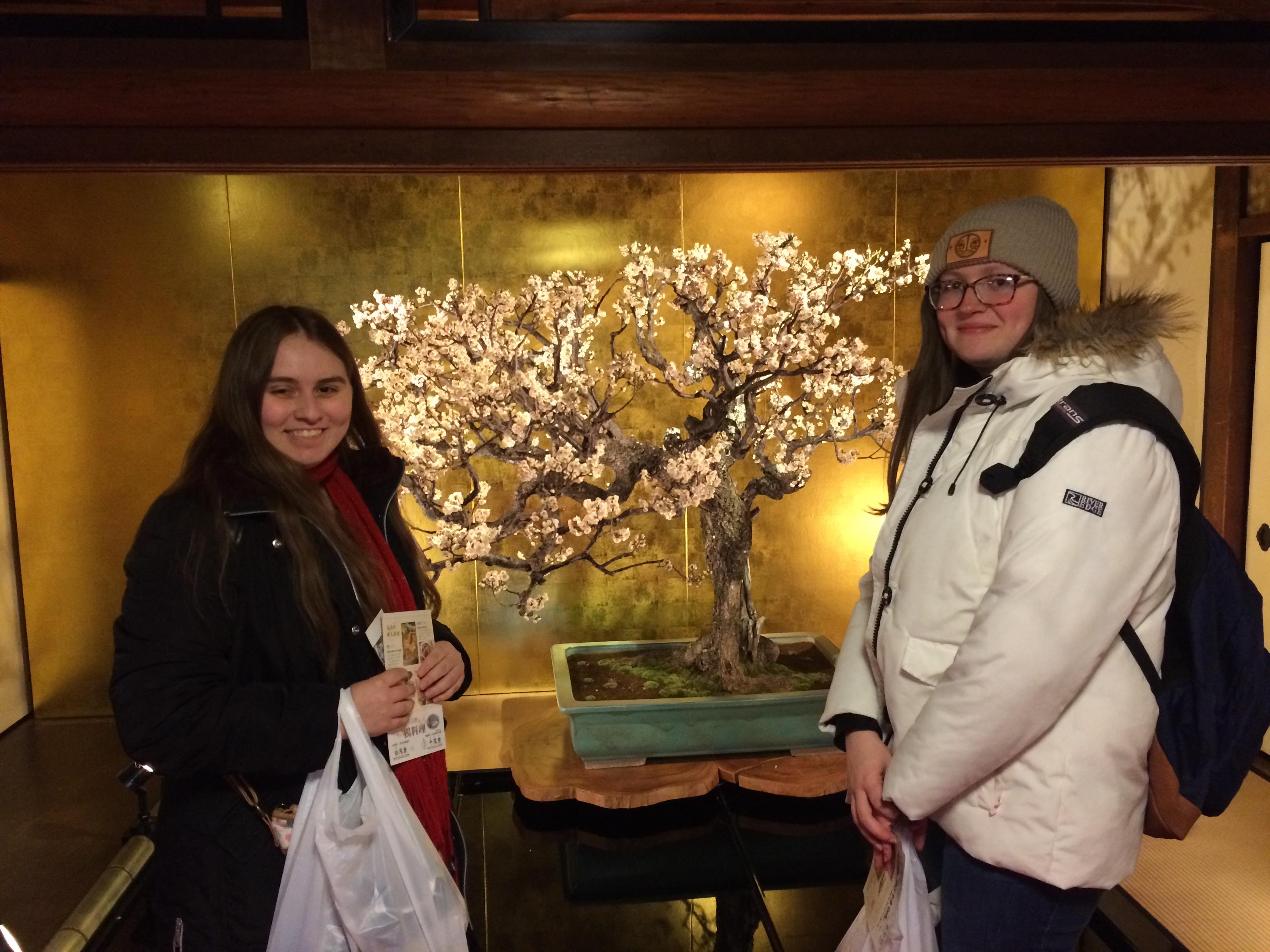
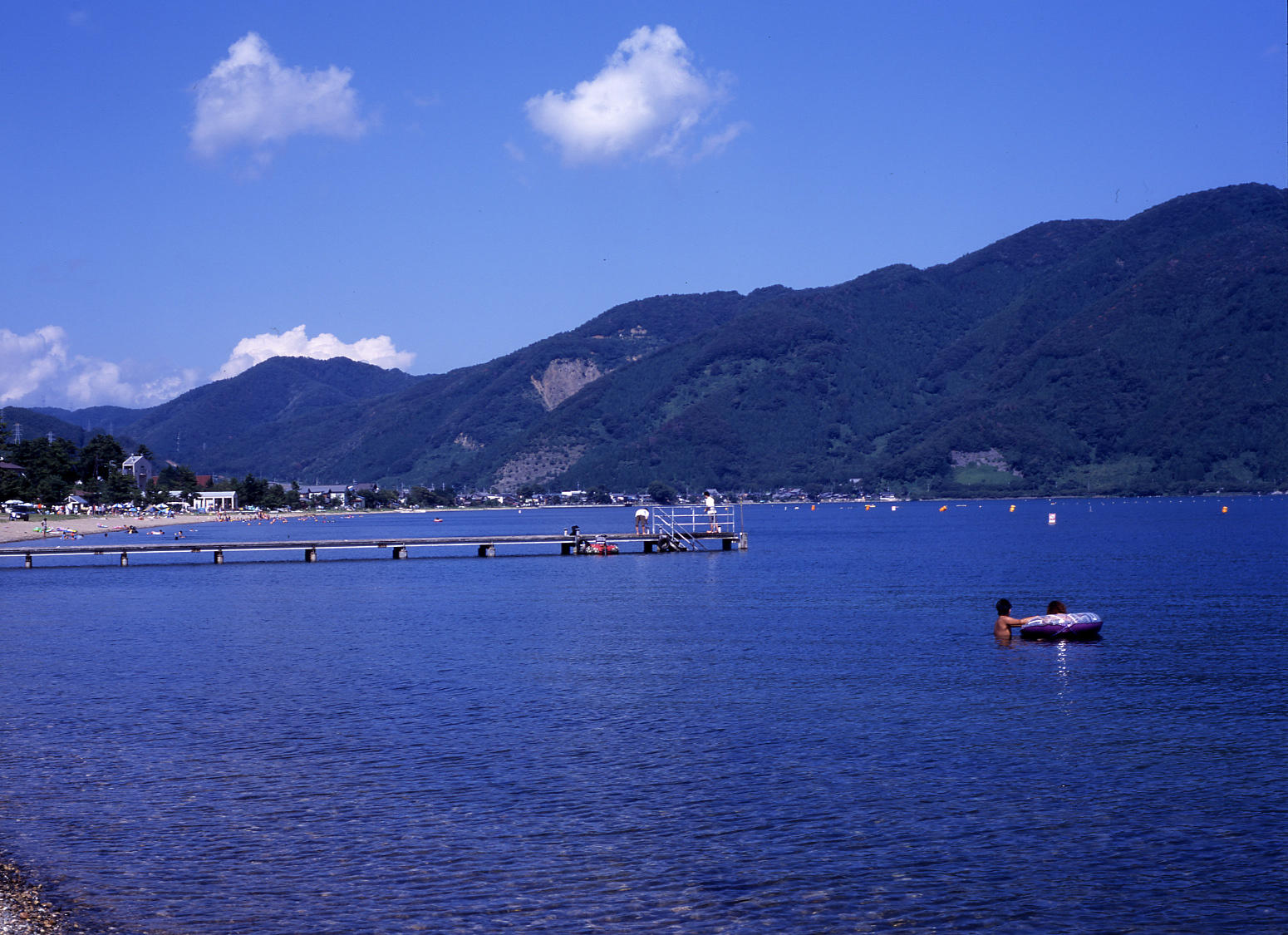
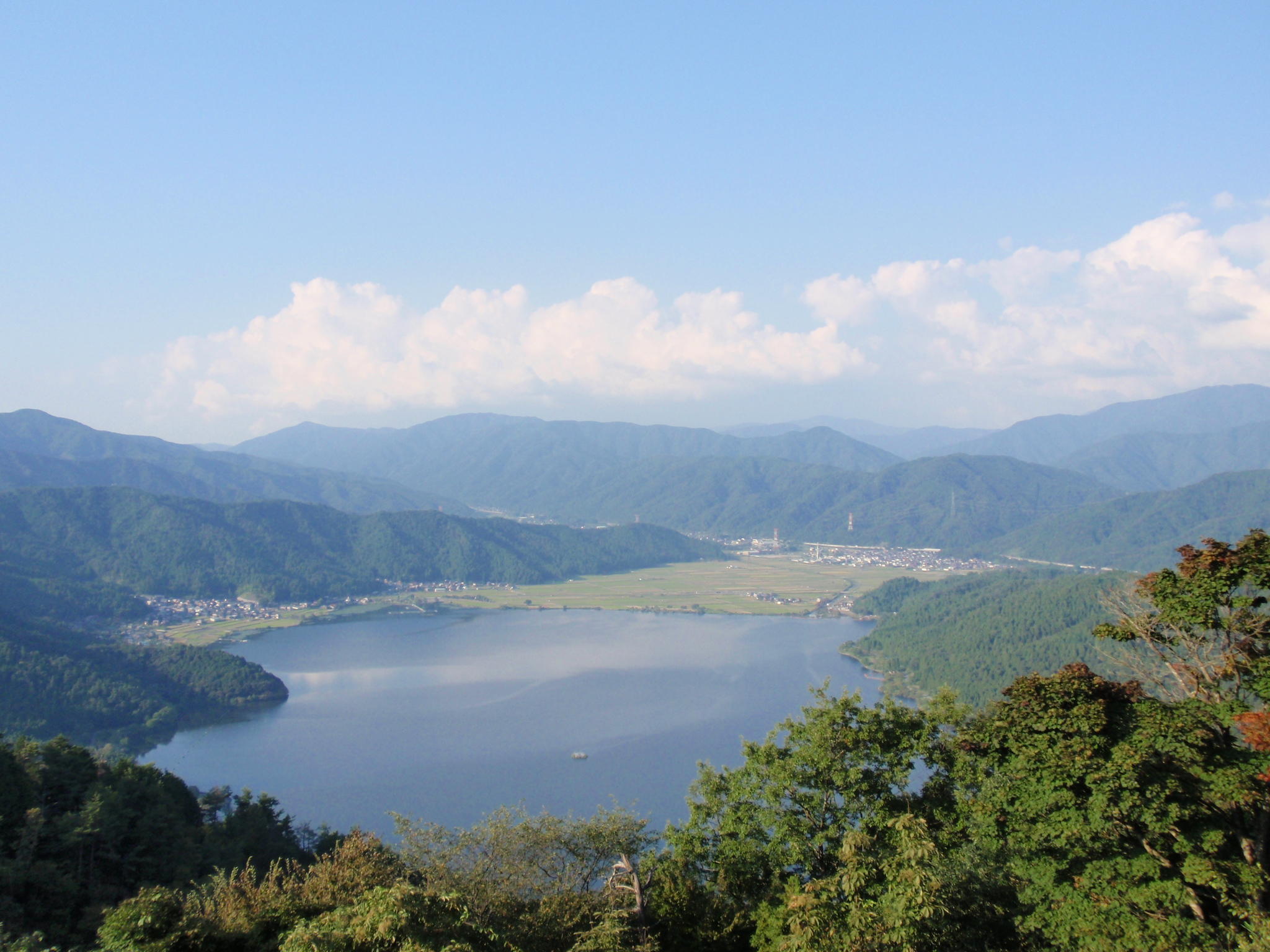
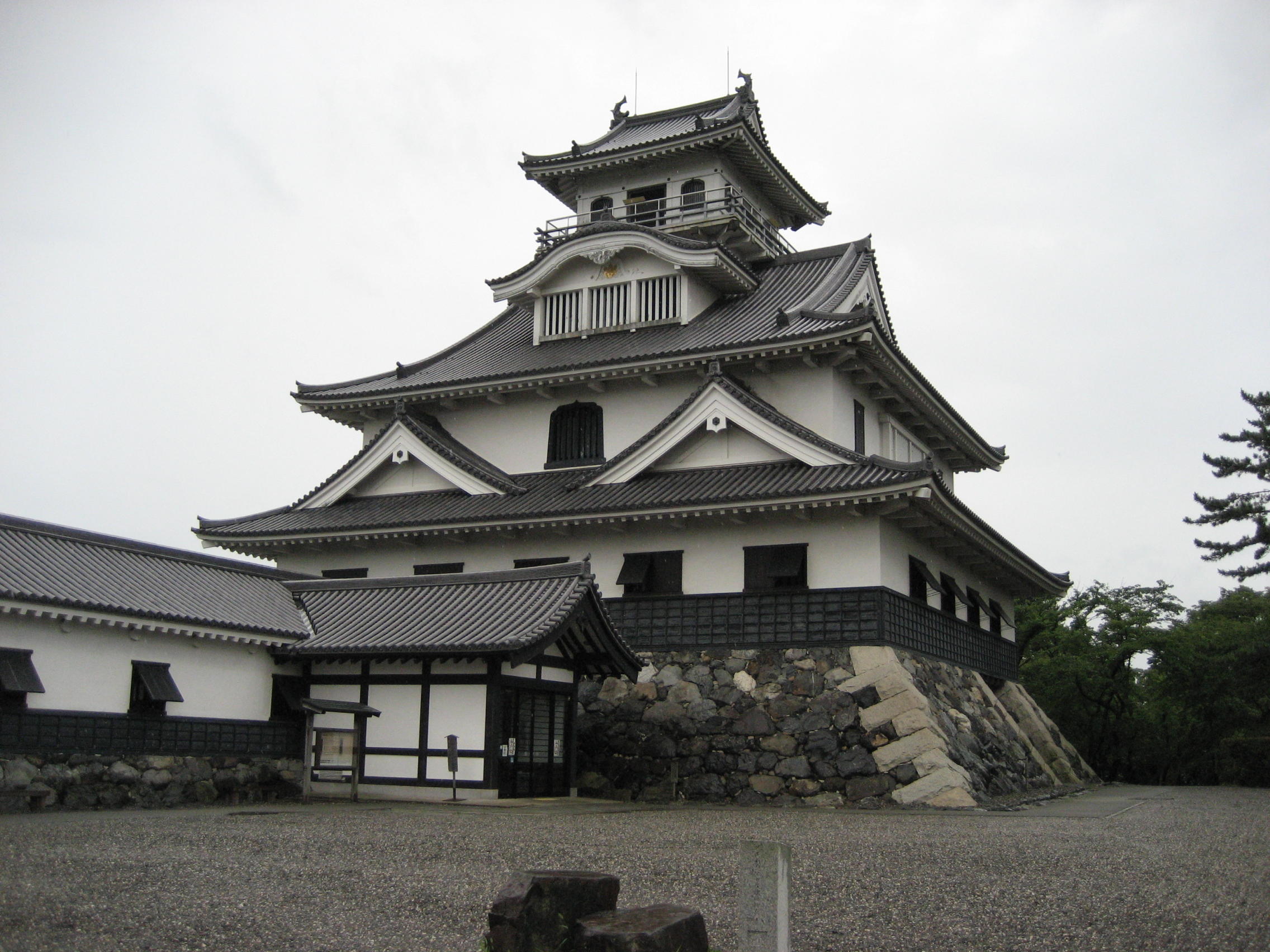
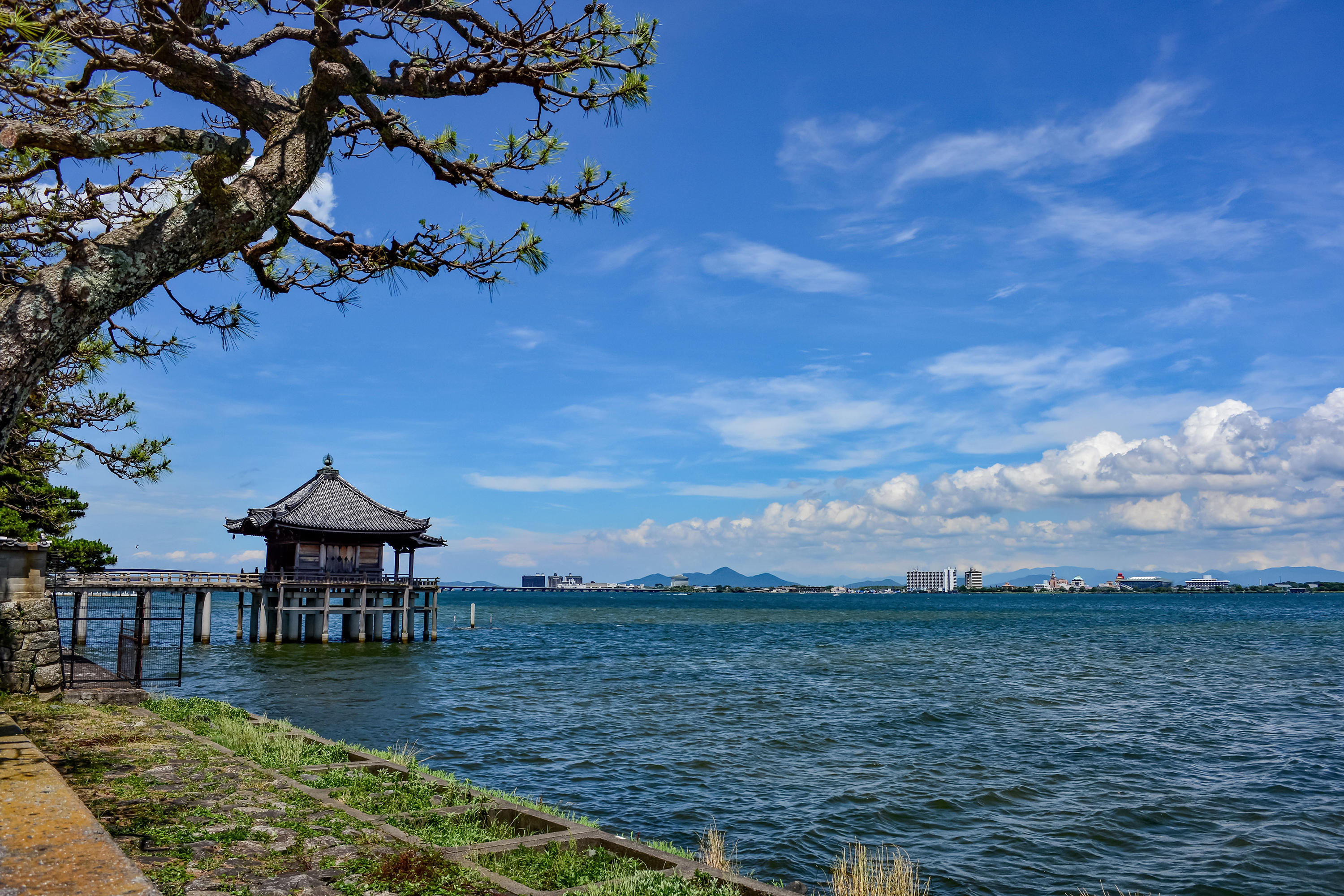
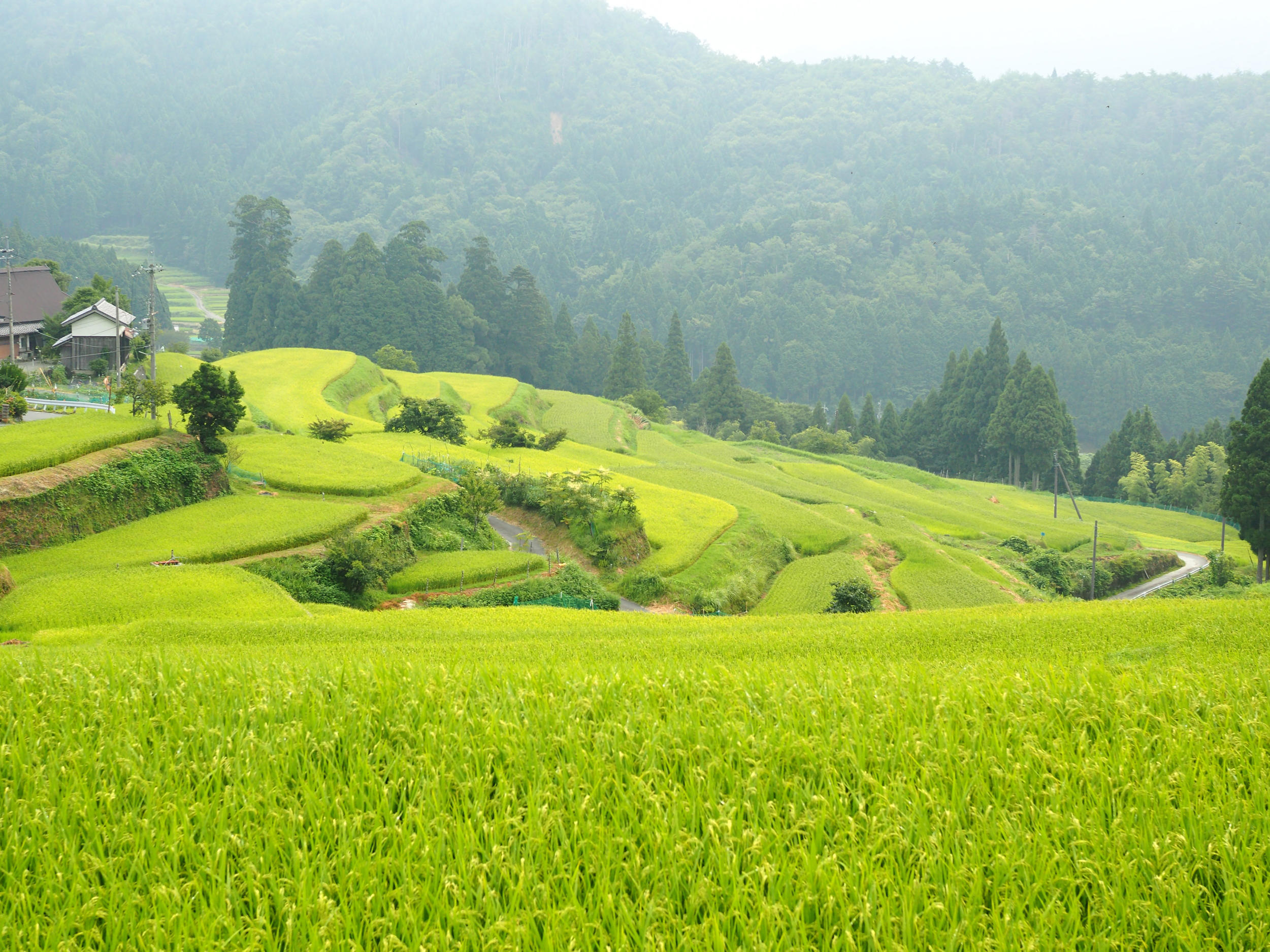
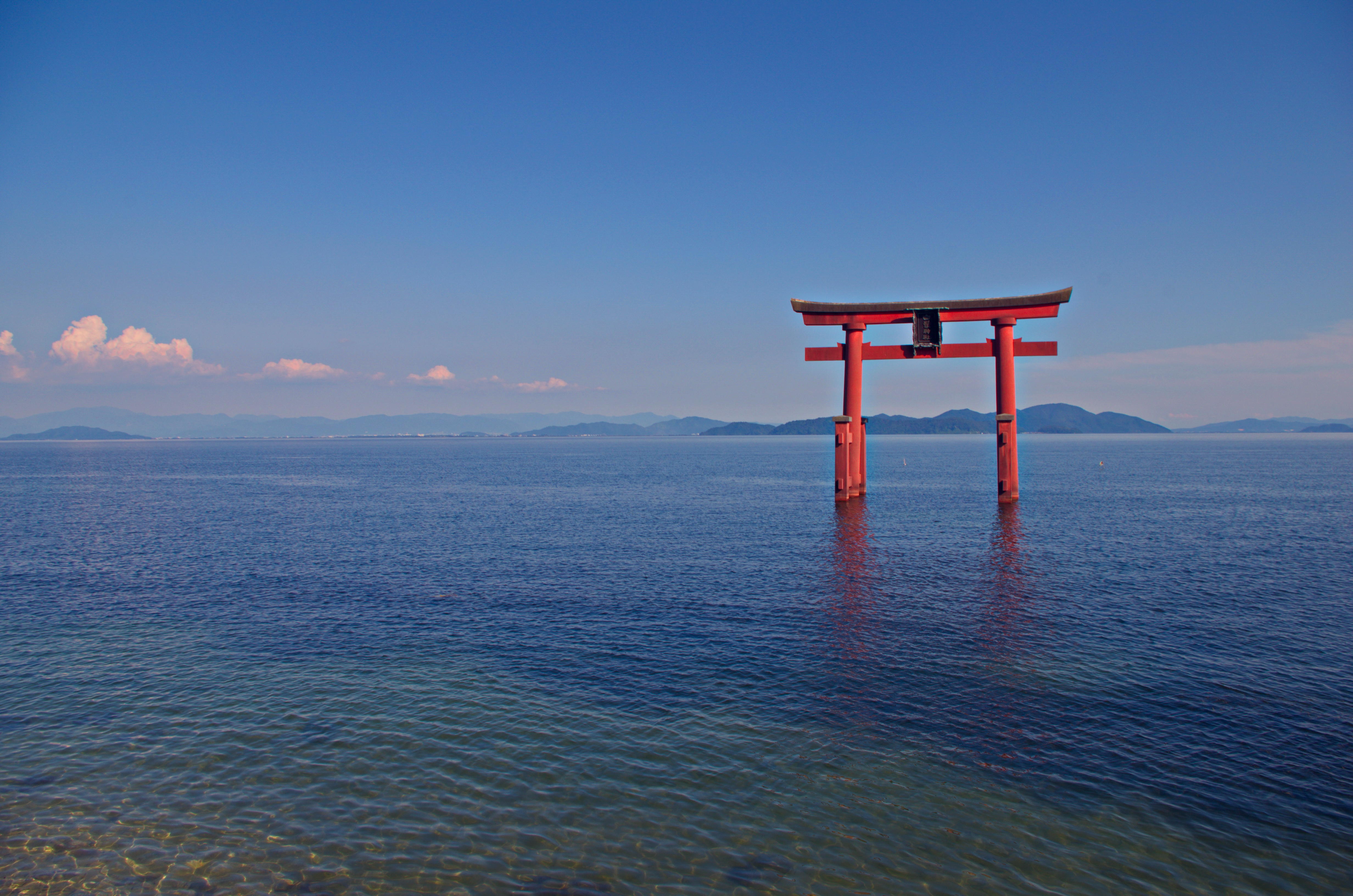
 On a Monday morning in late August, I boarded the bullet train at Nagoya and travelled to Maibara station on the Eastern side of the massive Lake Biwa. There was a dramatic change in scenery from the urban sprawl of Nagoya to the distinctive rice fields and hills of Shiga prefecture. Upon my arrival to Maibara station, I was met by the friendly faces of the Biwaichi rental cycle Maibara branch team, quickly sized up for a bicycle and sent on my way on my three-day 240km journey around Lake Biwa.
On a Monday morning in late August, I boarded the bullet train at Nagoya and travelled to Maibara station on the Eastern side of the massive Lake Biwa. There was a dramatic change in scenery from the urban sprawl of Nagoya to the distinctive rice fields and hills of Shiga prefecture. Upon my arrival to Maibara station, I was met by the friendly faces of the Biwaichi rental cycle Maibara branch team, quickly sized up for a bicycle and sent on my way on my three-day 240km journey around Lake Biwa.